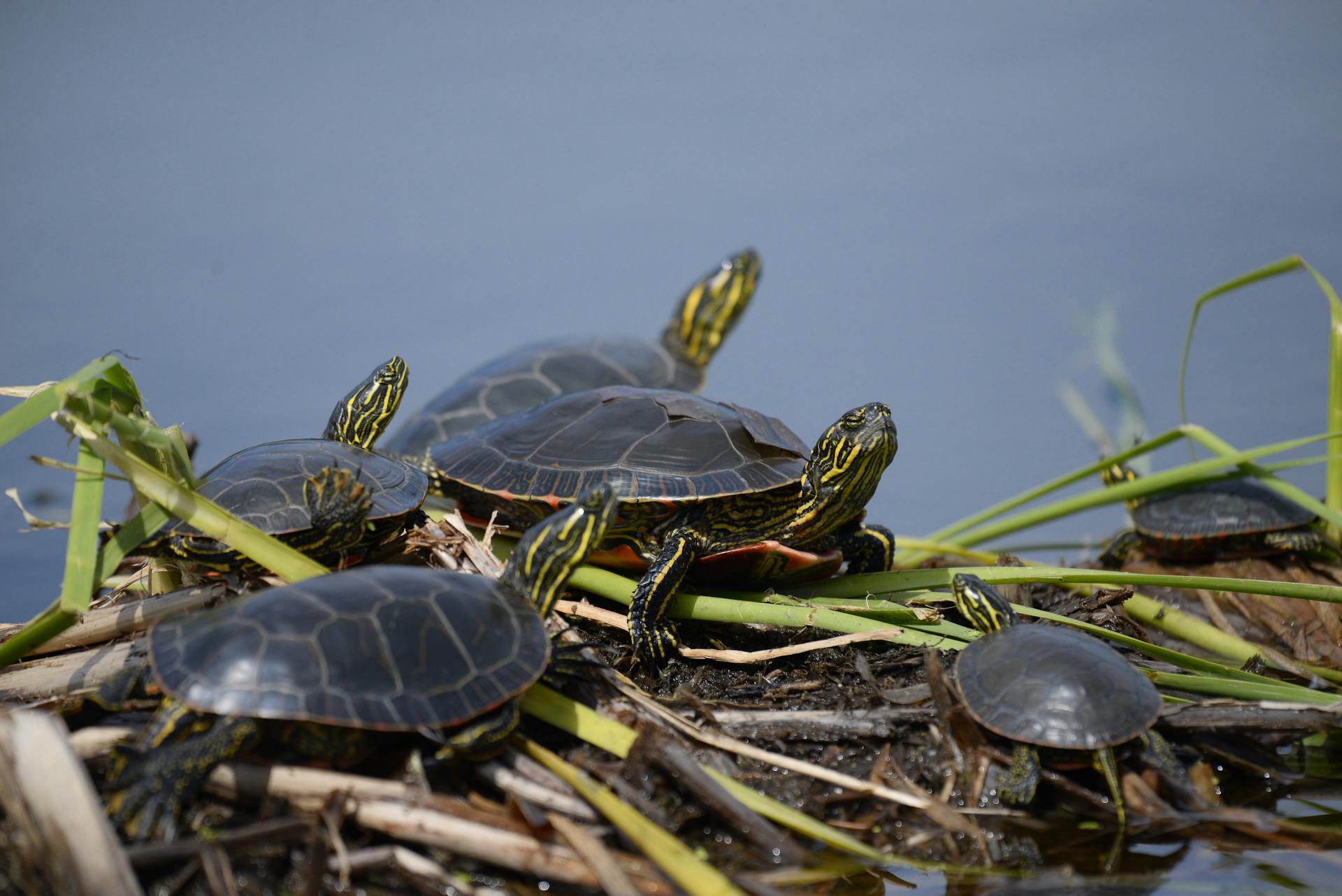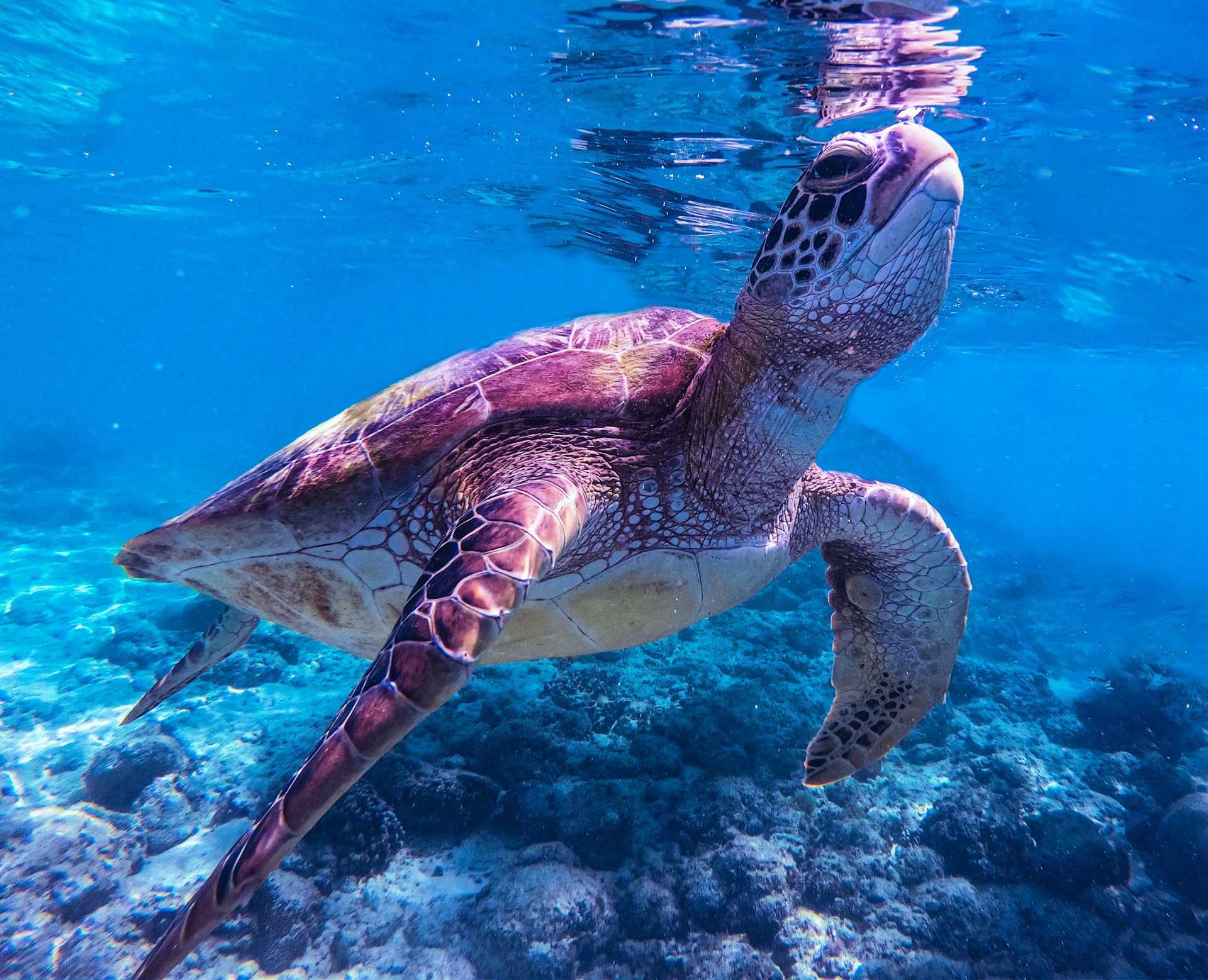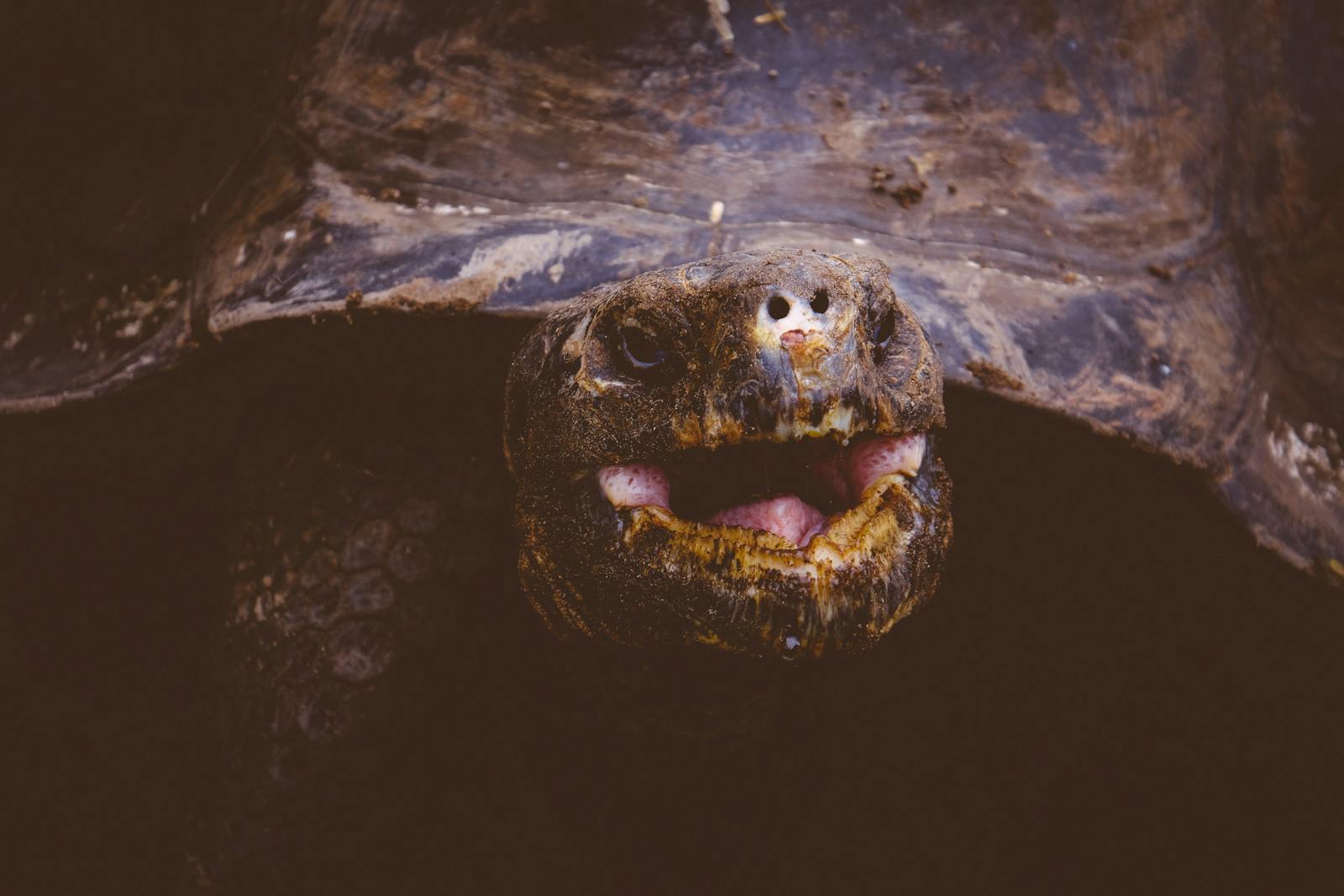In the silent corners of our planet’s diverse ecosystems, turtles have navigated the evolutionary journey for over 220 million years. These ancient reptiles, with their distinctive shells and unhurried pace, have survived mass extinctions and witnessed the rise and fall of dinosaurs. Yet today, they face unprecedented challenges that threaten their very existence. From pollution-choked oceans to fragmented habitats on land, turtle populations worldwide are declining at alarming rates. This article explores the most significant threats endangering these remarkable creatures and examines how human activities have become the primary driver behind their struggle for survival.
Habitat Destruction and Fragmentation
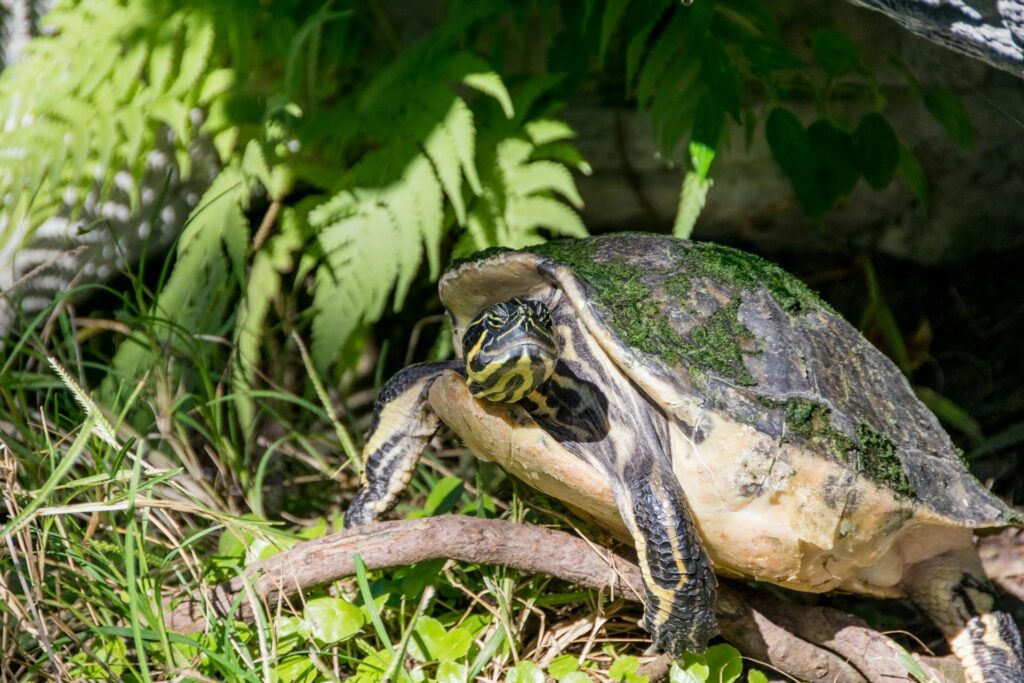
Habitat loss represents perhaps the most pervasive threat to turtle populations globally, affecting virtually every species across terrestrial, freshwater, and marine environments. As human development expands, critical nesting beaches disappear under beachfront properties, while inland habitats are transformed into agricultural lands and urban developments. Wetlands—essential ecosystems for many freshwater turtles—are being drained at staggering rates, with estimates suggesting over half of the world’s wetlands have vanished in the last century alone. The fragmentation of remaining habitats forces turtles to navigate dangerous human landscapes, crossing roads and other hazardous terrain where they face significantly increased mortality risks. For slow-moving species with specific habitat requirements and limited dispersal abilities, these changes often represent insurmountable challenges to their continued survival.
Climate Change Impacts
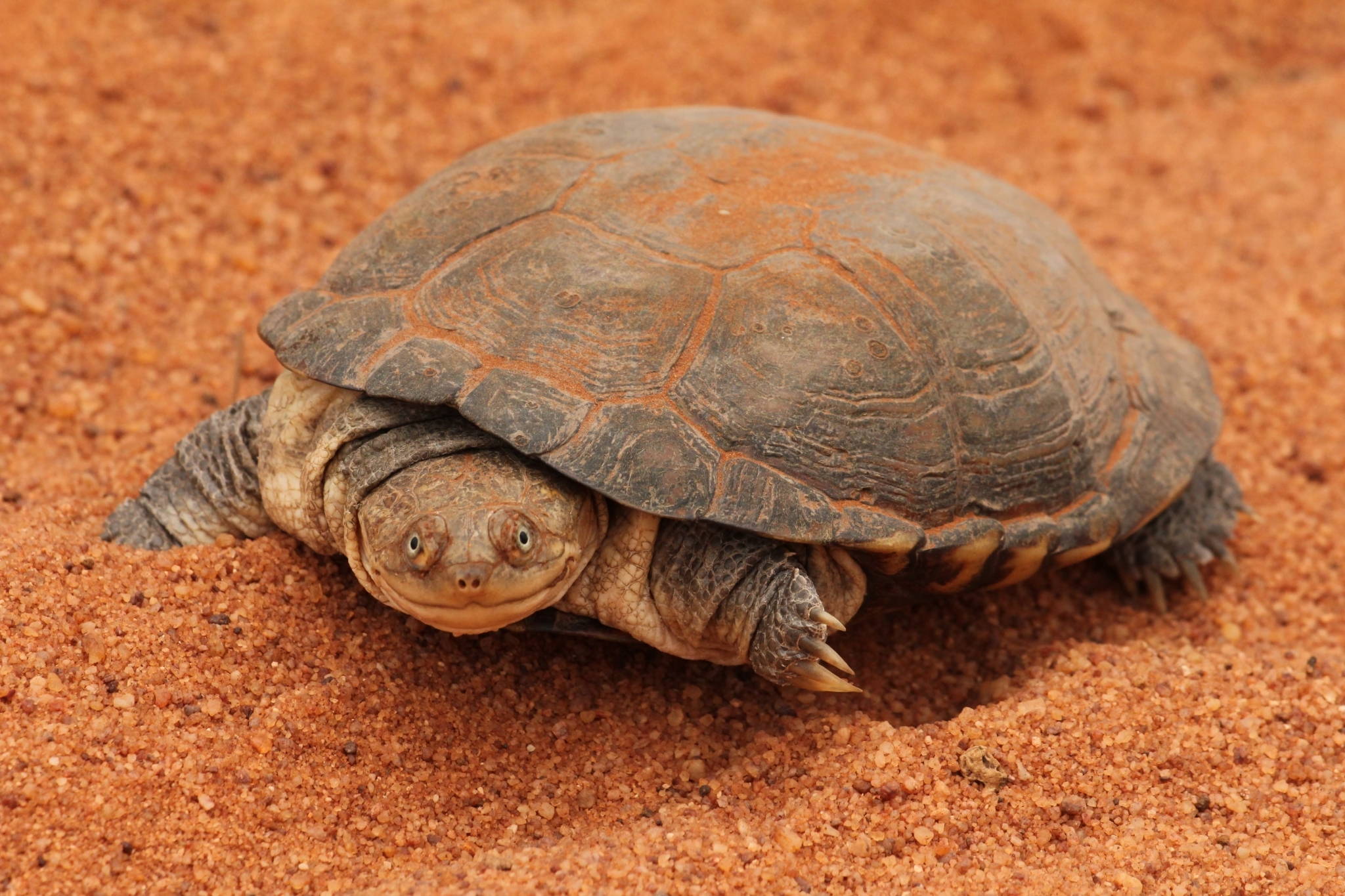
Climate change poses an existential threat to turtles through multiple interconnected mechanisms that disrupt their life cycles and habitats. Rising temperatures particularly affect species with temperature-dependent sex determination, where nest temperature determines whether hatchlings develop as males or females. For many sea turtles and some freshwater species, warming trends are already skewing populations toward females, threatening reproductive viability in coming generations. Extreme weather events, including more frequent and intense storms, destroy nesting sites and cause devastating erosion of critical beach habitats. Sea level rise further compounds these problems by inundating traditional nesting grounds and reducing available habitat. Additionally, changing ocean temperatures and currents disrupt feeding patterns and migration routes that turtles have relied upon for millennia, forcing them to adapt to rapidly changing conditions at a pace that may exceed their evolutionary capabilities.
Plastic Pollution
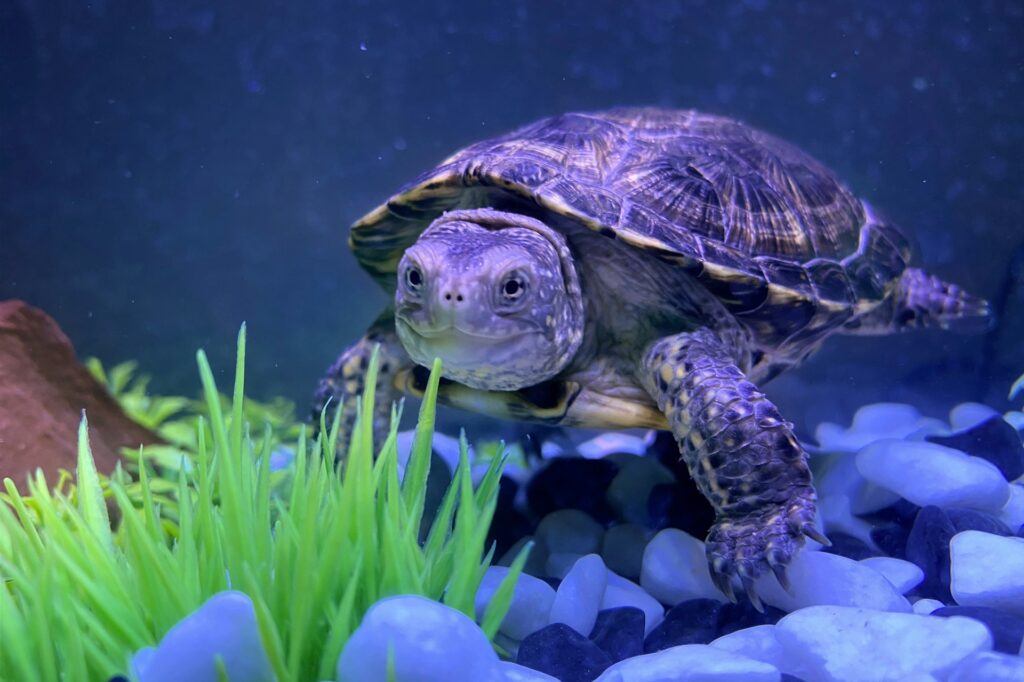
The global plastic crisis has emerged as one of the most visible threats to marine turtles in particular, though it affects freshwater species as well. Sea turtles often mistake floating plastic bags for jellyfish, one of their primary food sources, leading to fatal intestinal blockages and starvation. Microplastics have infiltrated virtually every marine ecosystem, being ingested by turtles directly or accumulated through the food chain, causing toxicity and physiological disruption. Entanglement in discarded fishing gear, plastic six-pack rings, and other debris leads to drowning, strangulation, and severe injuries that compromise survival. Studies examining deceased sea turtles have found alarming quantities of plastic in their digestive systems, with some individuals harboring hundreds of pieces. The persistence of plastic in the environment—taking hundreds of years to degrade—means this threat continues to intensify as more plastic enters our waterways each year.
Illegal Wildlife Trade

The international wildlife trade continues to devastate turtle populations worldwide, with demand for turtles as exotic pets, traditional medicine ingredients, and luxury food items driving many species toward extinction. Asian turtle species have been particularly hard-hit, with the region experiencing what conservationists call a “turtle extinction crisis” as collectors and traffickers target even the rarest species. The pet trade specifically targets juvenile turtles, removing future breeding individuals from wild populations and creating devastating demographic gaps. Some species, like the critically endangered ploughshare tortoise of Madagascar, have become so rare in the wild that each individual can fetch tens of thousands of dollars on the black market. Despite international protection through CITES (Convention on International Trade in Endangered Species), enforcement challenges and ongoing demand perpetuate this lucrative illegal trade, threatening numerous turtle species with extinction.
Bycatch in Fishing Operations
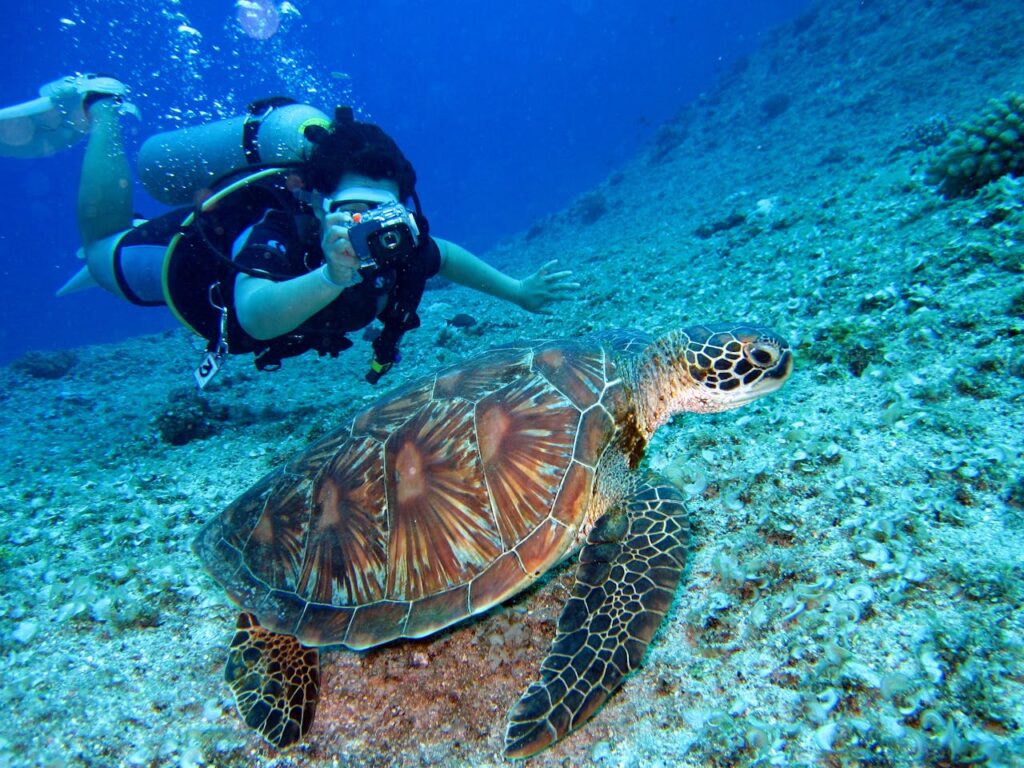
Commercial fishing operations unintentionally capture thousands of sea turtles annually as bycatch, particularly in trawling, longline, and gillnet fisheries. When caught in nets or hooked on lines, turtles—which must surface to breathe—often drown before fishing gear is retrieved. The scale of this problem is staggering, with estimates suggesting hundreds of thousands of sea turtles are accidentally caught each year globally. Even when turtles survive immediate capture, they may suffer injuries that compromise their long-term survival or ability to reproduce. Turtle Excluder Devices (TEDs) and other modified fishing gear have proven effective at reducing turtle bycatch, but their implementation remains inconsistent across different fisheries and regions. The continued expansion of commercial fishing into previously unexploited marine areas threatens to increase bycatch impacts on already vulnerable turtle populations.
Coastal Development
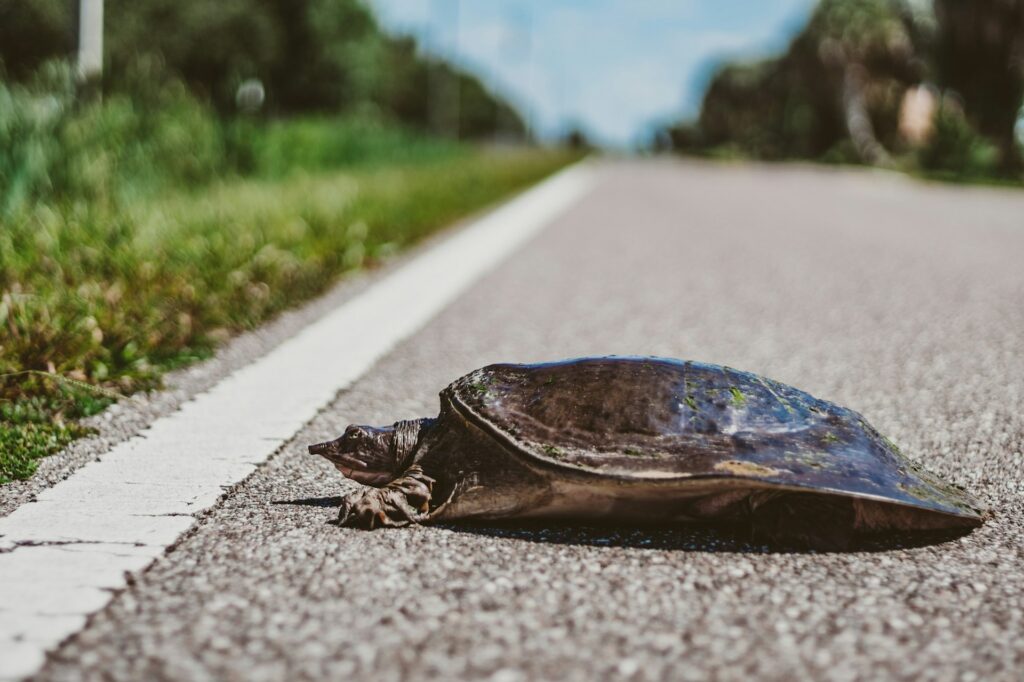
The explosive growth of coastal development worldwide has dramatically altered critical nesting habitats for many turtle species, particularly sea turtles that return to specific beaches to lay their eggs. Hotels, residences, and tourist facilities built directly on or near nesting beaches physically obstruct access to traditional nesting grounds. Artificial lighting from coastal development disorients both nesting females and hatchlings, which naturally navigate toward the brightest horizon—historically the moonlight reflecting off the ocean, but now often the lights of human settlements. Beach armoring and erosion control structures like seawalls further degrade nesting habitat by preventing natural beach processes and sometimes eliminating sandy areas altogether. The cumulative impact of these development pressures has rendered many historic nesting beaches unsuitable for successful reproduction, forcing turtles to use suboptimal locations or abandon traditional areas entirely.
Water Pollution
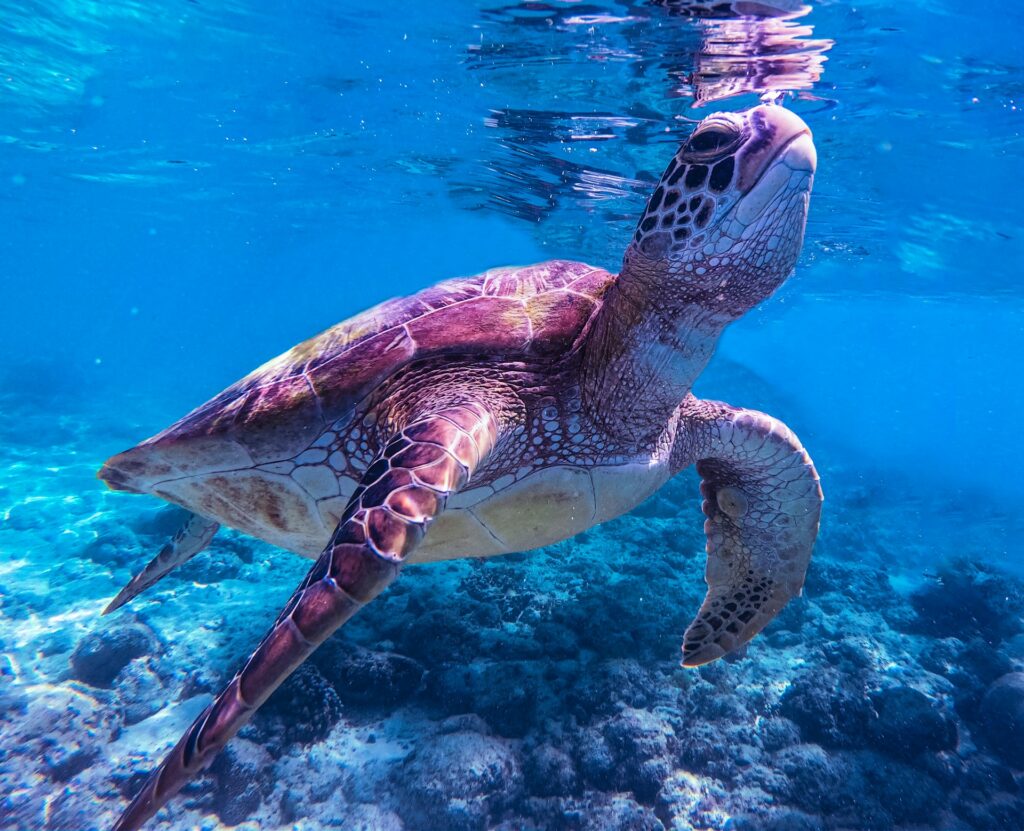
Beyond plastic, numerous other pollutants threaten turtle health and survival in both marine and freshwater environments. Agricultural runoff containing pesticides, fertilizers, and herbicides contaminate waterways and contribute to harmful algal blooms that deplete oxygen and destroy turtle habitats. Industrial chemicals, pharmaceuticals, and heavy metals accumulate in turtle tissues, causing developmental abnormalities, immune suppression, and reproductive issues. Oil spills can be particularly devastating, coating turtles in petroleum products that damage their respiratory systems and cause chemical burns to sensitive skin and eyes. In coastal areas, light pollution disrupts critical behavioral patterns, particularly for hatchlings that become disoriented while trying to reach the ocean. The combined and often synergistic effects of multiple pollutants create environmental stressors that many turtle species struggle to overcome.
Road Mortality
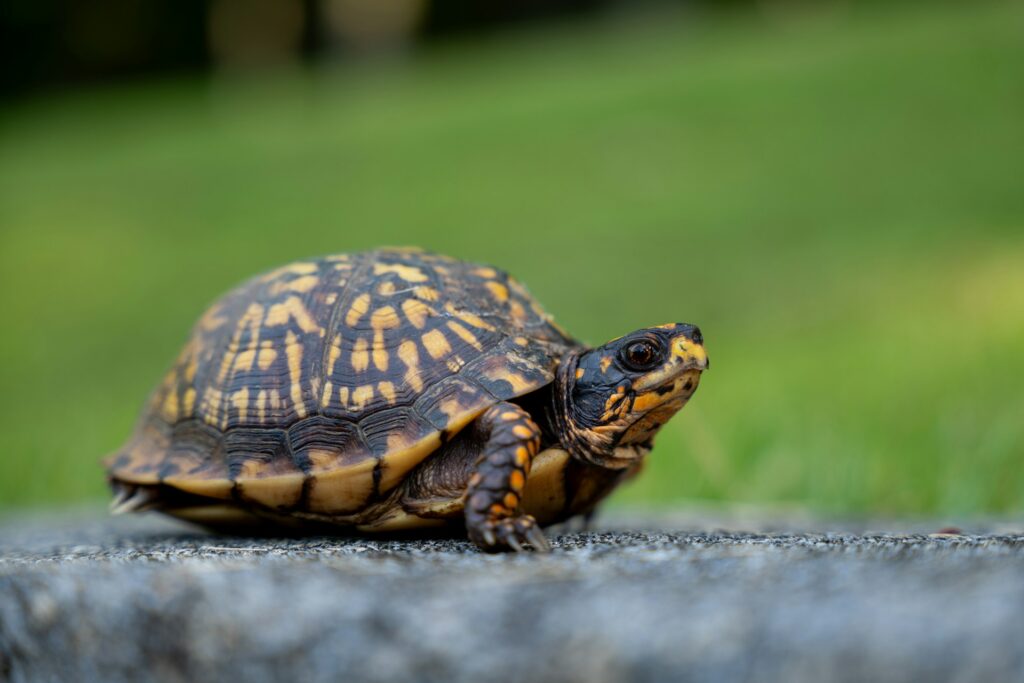
Roads fragmenting turtle habitats present a significant mortality risk, particularly for terrestrial and freshwater species that must often cross human transportation infrastructure to reach nesting sites, feeding grounds, or seasonal habitats. Female turtles are especially vulnerable during nesting season when they may need to travel considerable distances to find suitable egg-laying locations. The slow movement and protective response of withdrawing into their shells—an evolutionary adaptation that served turtles well for millions of years—proves tragically ineffective against vehicle traffic. Studies have shown that even relatively low levels of adult mortality from road kills can drive population declines in long-lived species like turtles, where the loss of mature breeding females has pronounced demographic consequences. Wildlife tunnels, barrier fencing directing turtles to safe crossing points, and road warning signs can help mitigate these impacts, but such measures remain relatively uncommon across most turtle habitats.
Predation of Eggs and Hatchlings
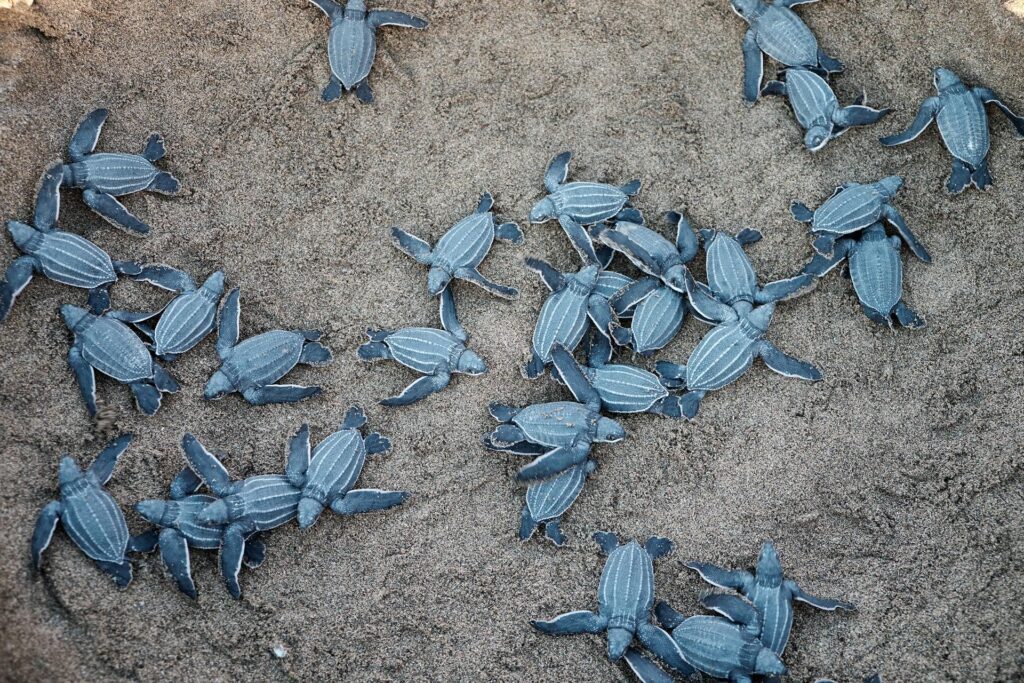
Natural predation has always been part of turtle ecology, but human activities have often amplified these pressures to unsustainable levels. Introduced predators like rats, dogs, foxes, and raccoons have devastated turtle nesting sites on islands and mainland areas where turtles evolved without such predatory threats. Human alterations to landscapes frequently boost populations of native predators like raccoons, which thrive in human-modified environments and prey heavily on turtle eggs and hatchlings. Artificial lighting along beaches makes sea turtle hatchlings more visible to predators as they make their critical journey from nest to sea. On some nesting beaches, predation rates approach 100% without protective interventions, virtually eliminating reproductive success. The combination of elevated predation with other anthropogenic threats creates a perfect storm for many turtle populations, where too few hatchlings survive to maintain population stability.
Disease and Parasites
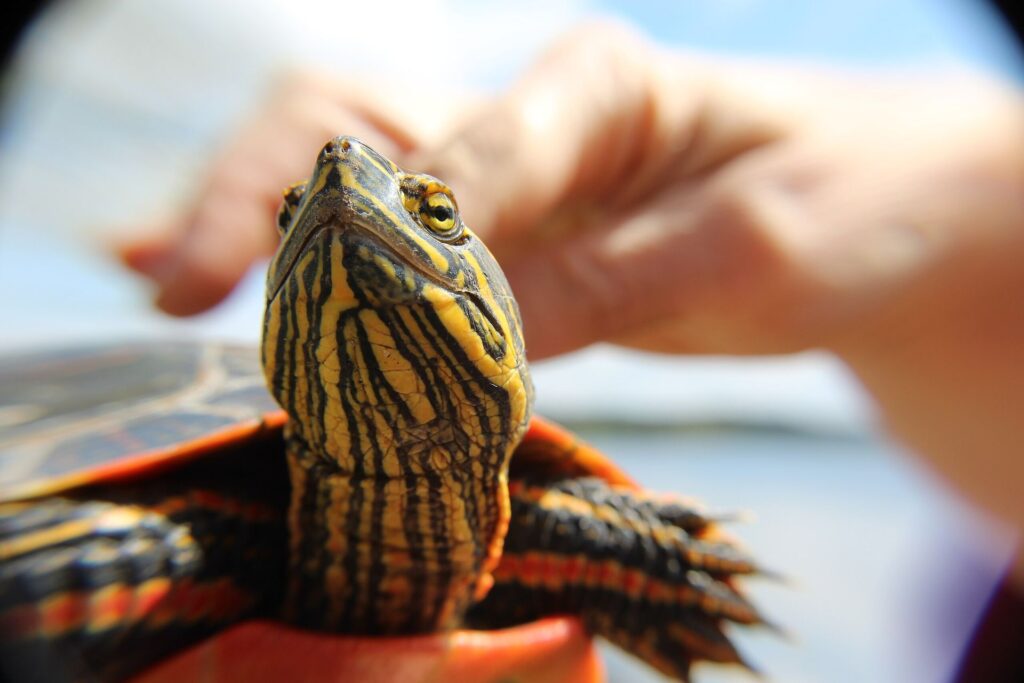
Emerging diseases pose an increasing threat to turtle populations globally, often exacerbated by environmental stressors related to habitat degradation and climate change. Fibropapillomatosis, a debilitating tumor-forming disease affecting sea turtles, has reached epidemic proportions in some regions, particularly among green turtles. The disease causes cauliflower-like growths on soft tissues that can impair vision, feeding, and swimming ability. Ranavirus outbreaks have caused mass die-offs in freshwater turtle populations, with mortality rates reaching 100% in some affected areas. Shell diseases, including the mysterious “shell rot” affecting many freshwater species, compromise the turtles’ primary defensive structure. Environmental contaminants and warming temperatures appear to increase susceptibility to these and other diseases by suppressing immune function, while habitat loss forces turtles into smaller areas where pathogens can spread more readily among concentrated populations.
Boat Strikes
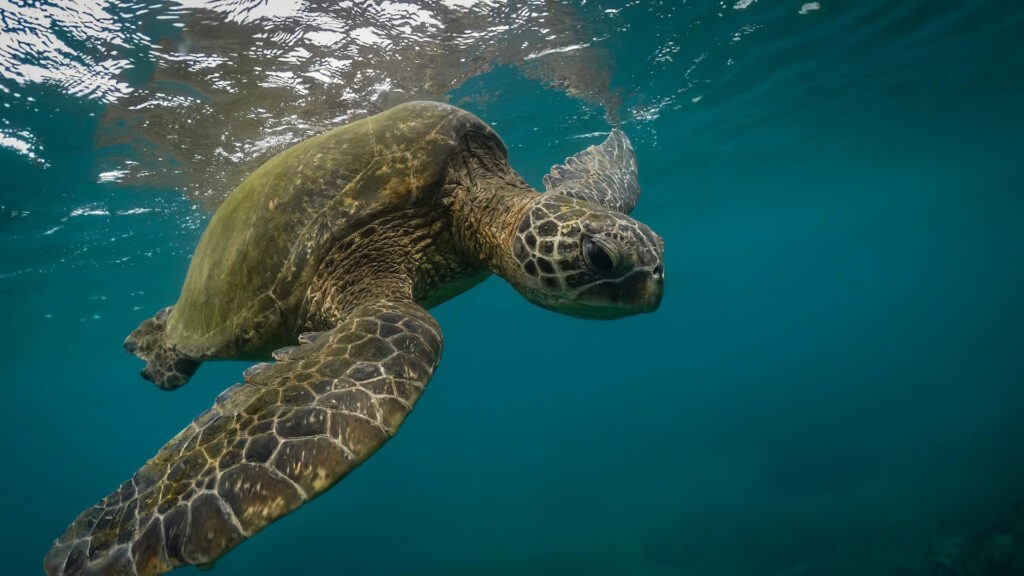
Recreational and commercial watercraft pose a serious threat to aquatic turtles, particularly in heavily trafficked coastal areas, lakes, and rivers. Sea turtles must surface regularly to breathe, making them vulnerable to collisions with boats, especially when resting or feeding in shallow waters. The propellers of motorized vessels inflict devastating injuries, often leaving turtles with deep lacerations, fractured shells, and damaged internal organs. In popular boating areas like Florida’s waterways, a significant percentage of stranded turtles show evidence of boat strike injuries, with many wounds proving fatal or permanently debilitating. Even those that survive may suffer reduced mobility, compromised diving ability, or buoyancy issues that affect feeding and escape from predators. Slow speed zones in critical turtle habitats help reduce strike incidents, but compliance and enforcement remain challenging in many areas.
Human Consumption and Harvesting
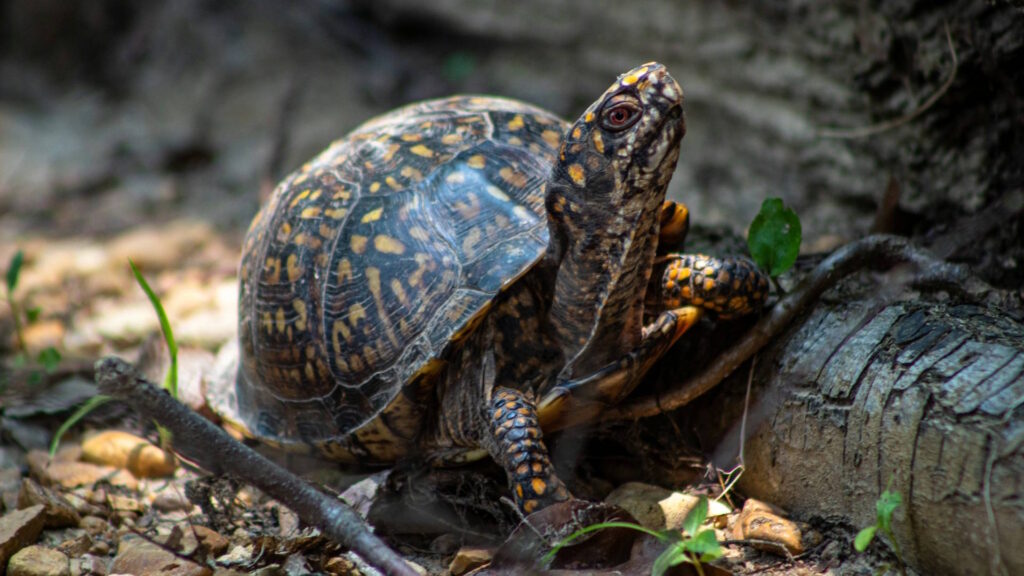
Despite legal protections for many species, direct harvesting of turtles and their eggs for human consumption continues to impact populations worldwide. Sea turtle eggs are still consumed as a traditional delicacy or supposed aphrodisiac in some coastal communities, despite being illegal in most countries. Freshwater turtles face intensive harvesting pressure for food markets, particularly in parts of Asia where turtle meat and products are highly valued. Even in North America, commercial and recreational harvesting has depleted populations of common snapping turtles and softshell turtles in some regions. The life history characteristics of turtles—slow growth, late maturity, and low reproductive rates—make them particularly vulnerable to overharvesting, as populations cannot quickly replace removed individuals. Historical harvesting decimated many once-abundant turtle populations, and contemporary collection continues to threaten the recovery of numerous species.
Conservation Solutions and Hope

Despite the daunting array of threats facing wild turtles, dedicated conservation efforts have demonstrated that recovery is possible with appropriate interventions. The use of Turtle Excluder Devices in shrimp trawl nets has reduced sea turtle drownings significantly in regions where they are properly implemented and enforced. Beach protection programs, including nest relocation, predator control, and hatchery operations, have boosted hatching success for numerous species. Habitat protection initiatives, including the establishment of marine protected areas and terrestrial reserves, provide safe havens where turtles can feed, mate, and nest with minimal human disturbance. International agreements like CITES have helped curb the legal trade in endangered species, while improved enforcement targets illegal trafficking networks. Public awareness campaigns have succeeded in reducing demand for turtle products in some markets and encouraging responsible tourism practices around nesting beaches. The slow but steady recovery of some populations, like the green turtles nesting at Archie Carr National Wildlife Refuge in Florida, offers tangible evidence that concerted conservation action can reverse declining trends and secure a future for these ancient reptiles.
Conclusion
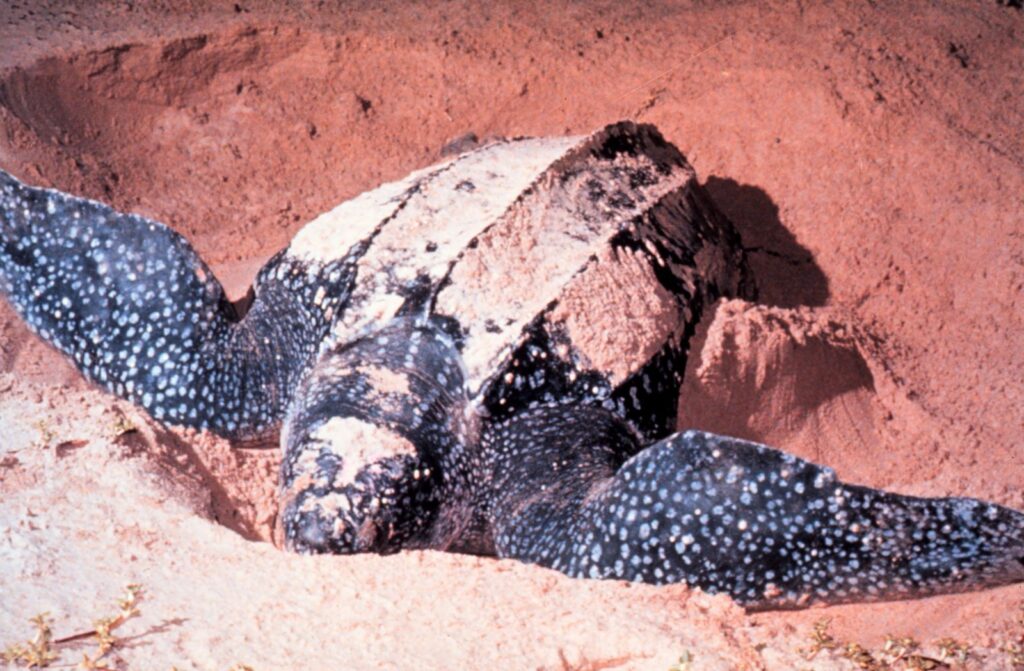
The multifaceted threats facing turtles today represent an unprecedented challenge to species that have successfully navigated Earth’s changing conditions for hundreds of millions of years. From destructive fishing practices to the insidious spread of plastics through our oceans, from fragmented terrestrial habitats to warming nesting beaches, human activities have transformed turtle survival from a biological certainty to a precarious struggle. Yet within this troubling narrative lies cause for hope. Where robust conservation measures have been implemented—combining habitat protection, reduced mortality, and community engagement—turtle populations have shown remarkable resilience. Their continued survival depends on our willingness to address these threats comprehensively, viewing turtle conservation not as an isolated concern but as an indicator of our broader commitment to maintaining healthy, functioning ecosystems. These ancient mariners have witnessed the entirety of human history unfold; whether they witness our future may well depend on the conservation choices we make today.

